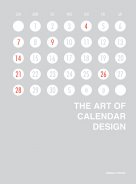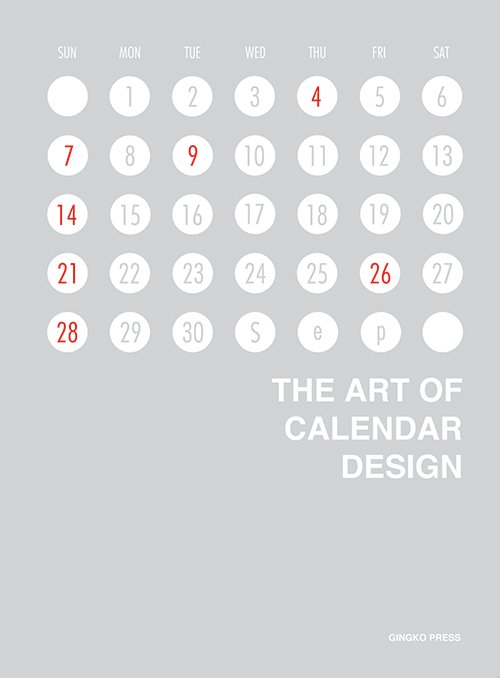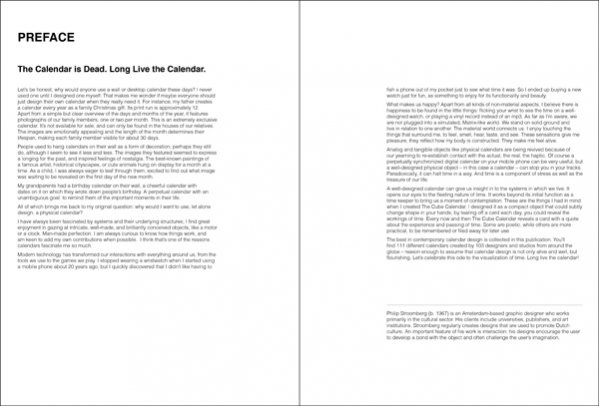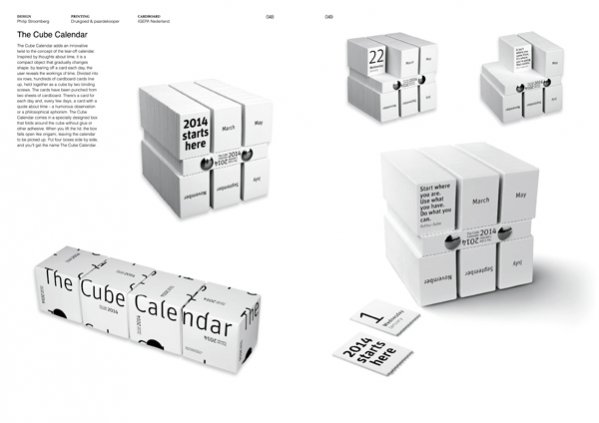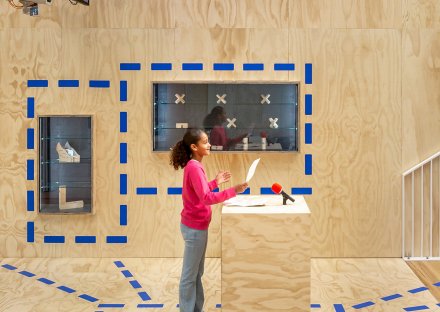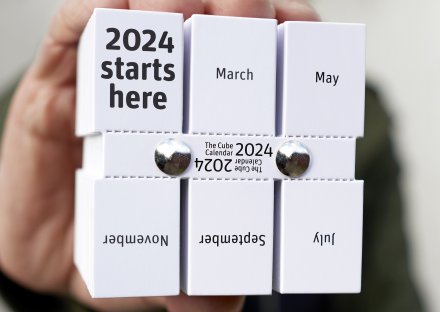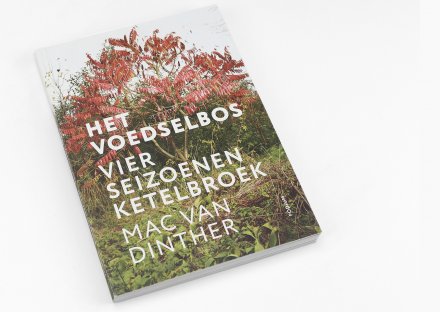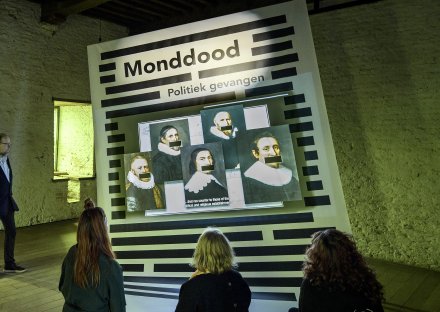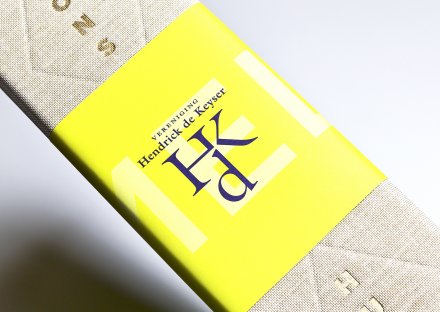Preface for The Art of Calendar Design
By Philip Stroomberg
Let’s be honest, why would anyone use a wall or desktop calendar these days? I never used one until I designed one myself. That makes me wonder if maybe everyone should just design their own calendar when they really need it. For instance, my father creates a calendar every year as a family Christmas gift. Its print run is approximately 12. Apart from a simple but clear overview of the days and months of the year, it features photographs of our family members, one or two per month. This is an extremely exclusive calendar. It’s not available for sale, and can only be found in the houses of our relatives. The images are emotionally appealing and the length of the month determines their lifespan, making each family member visible for about 30 days.
People used to hang calendars on their wall as a form of decorations; perhaps they still do, although I seem to see it less and less. The images they featured seemed to express a longing for the past, and inspired feelings of nostalgia. The best-known paintings of a famous artist, historical cityscapes, or cute animals hung on display for a month at a time. As a child, I was always eager to leaf through them, excited to find out what image was waiting to be revealed on the first day of the new month.
My grandparents had a birthday calendar on their wall, a cheerful calendar with dates on it on which they wrote down people’s birthday. A perpetual calendar with an unambiguous goal: to remind them of the important moments in their life.
All of which brings me back to my original question: why would I want to use, let alone design, a physical calendar?
I have always been fascinated by systems and their underlying structures; I find great enjoyment in gazing at intricate, well-made, and brilliantly conceived objects, like a motor or a clock. Man-made perfection. I am always curious to know how things work, and am keen to add my own contributions when possible. I think that’s one of the reasons calendars fascinate me so much.
Modern technology has transformed our interactions with everything around us, from the tools we use to the games we play. I stopped wearing a wristwatch when I started using a mobile phone about 20 years ago, but I quickly discovered that I didn’t like having to fish a phone out of my pocket just to see what time it was. So I ended up buying a new watch just for fun, as something to enjoy for its functionality and beauty.
What makes us happy? Apart from all kinds of non-material aspects, I believe there is happiness to be found in the little things: flicking your wrist to see the time on a well-designed watch, or playing a vinyl record instead of an mp3. As far as I’m aware, we are not plugged into a simulated, Matrix-like world. We stand on solid ground and live in relation to one another. The material world connects us. I enjoy touching the things that surround me, to feel, smell, hear, taste, and see. These sensations give me pleasure; they reflect how my body is constructed. They make me feel alive.
Analogue and tangible objects like physical calendars are being revived because of our yearning to re-establish contact with the actual, the real, the haptic. Of course a perpetually synchronized digital calendar on your mobile phone can be very useful, but a well-designed physical object – in this case a calendar – can stop you in your tracks. Paradoxically, it can halt time in a way. And time is a component of stress as well as the treasure of our life.
A well-designed calendar can give us insight in to the systems in which we live. It opens our eyes to the fleeting nature of time. It works beyond its initial function as a time keeper to bring us a moment of contemplation. These are the things I had in mind when I created The Cube Calendar. I designed it as a compact object that subtly changes shape in your hands; by tearing off a card each day, you reveal the workings of time. Every now and then The Cube Calendar reveals a card with a quote about the experience and passing of time. Some are poetic, while others are more practical, to be remembered or filed away for later use.
The best in contemporary calendar design is collected in this publication. You’ll find 111 different calendars created by 103 designers and studios from around the globe – reason enough to assume that calendar design is not only alive and well, but flourishing. Let’s celebrate this ode to the visualization of time. Long live the calendar!
--
Philip Stroomberg (b. 1967) is an Amsterdam-based graphic designer who works primarily in the cultural sector. His clients include universities, publishers and art institutions. Stroomberg regularly creates designs that are used to promote Dutch culture. An important feature of his work is interaction: his designs encourage the user to develop a bond with the object and often challenge the user’s imagination. – www.stroomberg.net
--
